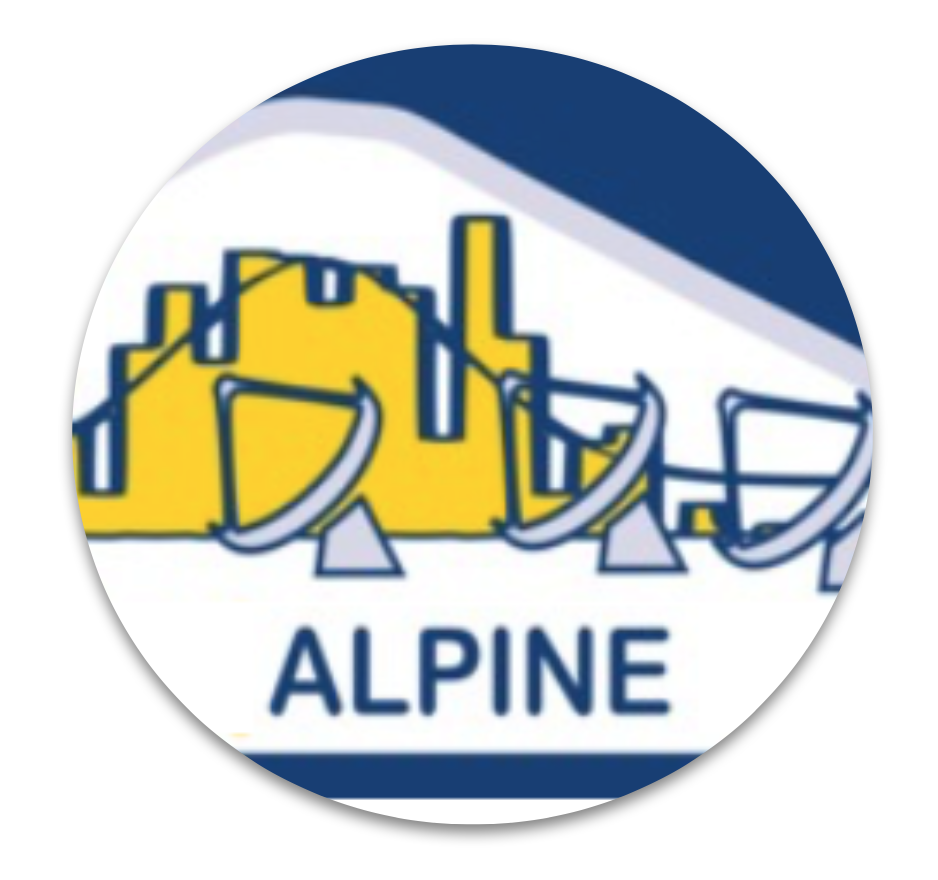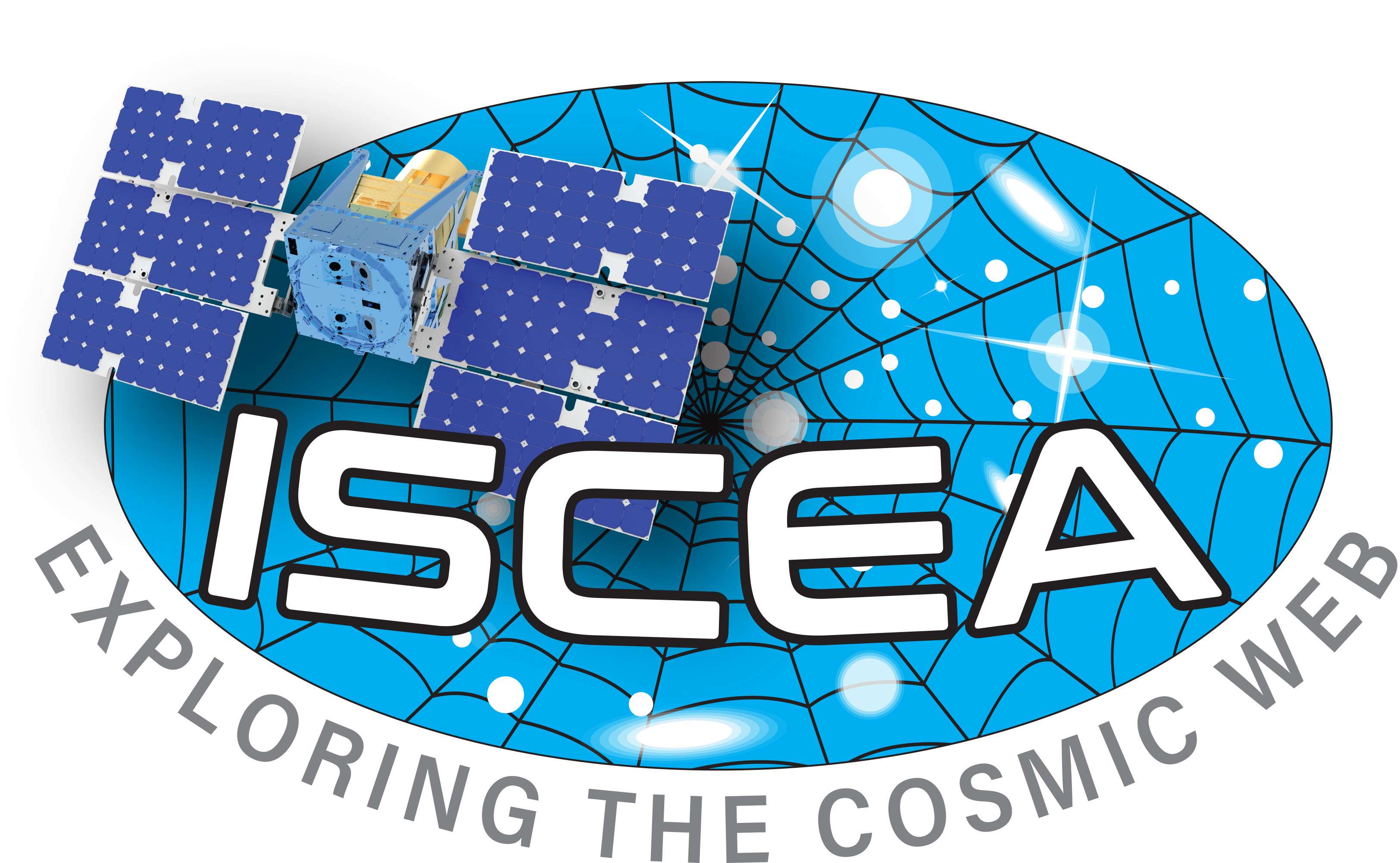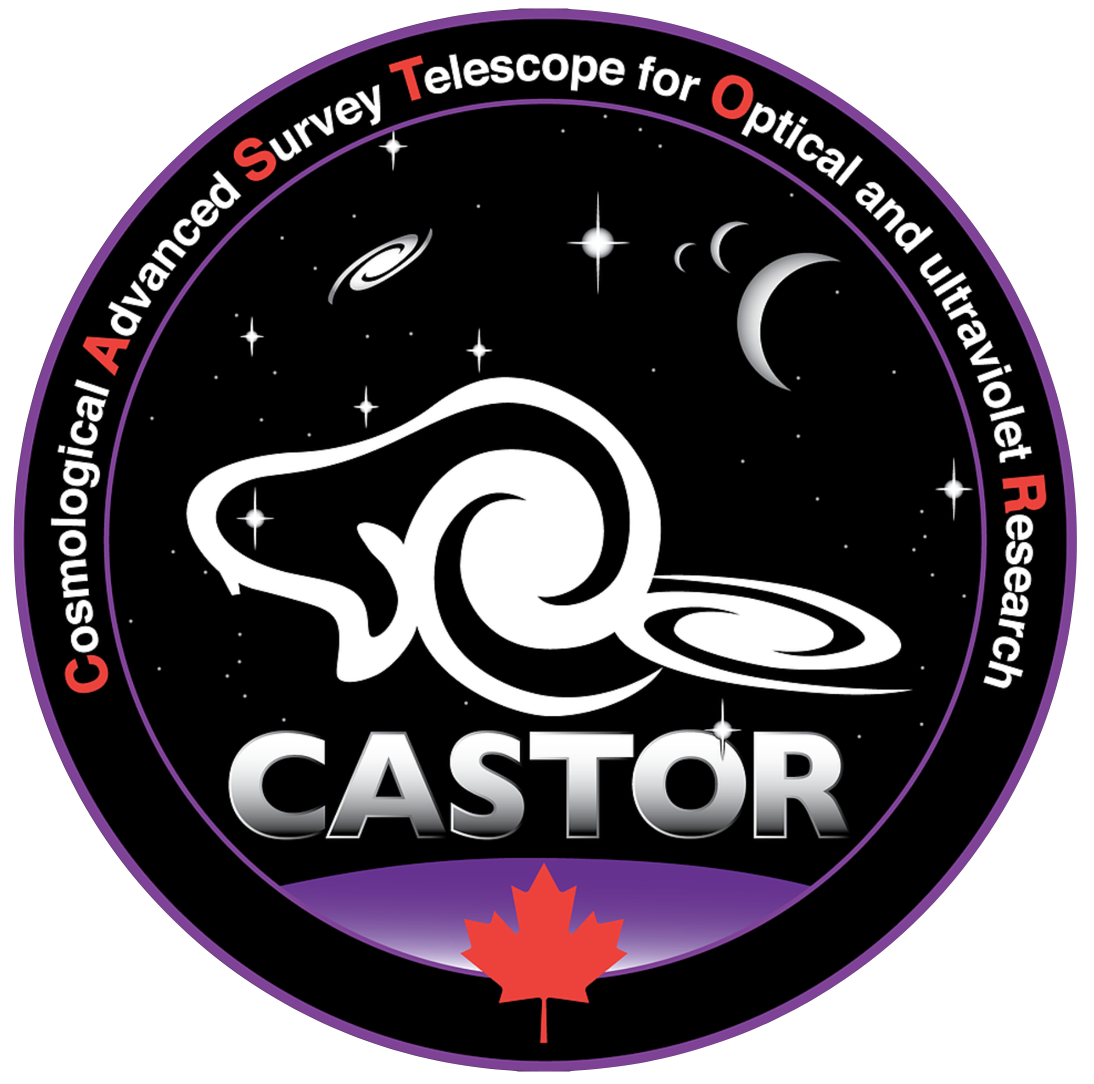
My research interests span a wide range of observational and technical aspects. On the observational side, my projects currently use data from several facilities such as the Spitzer Space Telescope, the Hubble Space Telescope, the 10-meter Keck telescopes, the Atacama Large Millimeter Array (ALMA), and the Subaru Hyper Suprime-Cam on the 8-meter Subaru telescope. On the technical side, I am part of the Joint Survey Processing and Science Platform team at IPAC and also heavily involved in building the future generation of space telescopes such as Euclid, WFIRST, CASTOR, and ISCEA (IPAC-led!).

The ALPINE survey is a 70-hour large program carried out with the Atacama Large Millimeter Array to obtain sub-millimeter measurements for the largest sample of galaxies in the early Universe. The goal of this survey is to study formation and evolution of these galaxies by analysing their gas and dust properties. I am the lead US principal investigator of ALPINE.

The Joint Survey Processing (JSP) project is an IPAC-led initiative with the goal to optimally combine future LSST, Euclid, and WFIRST survey datasets at the pixel level and to provide an interface to the community to use these high-quality data products. Within JSP we work on defining, creating, and implementing tools to combine data at space and ground-based resolution at the pixel level and at different wavelengths.

The Cosmic Dawn Survey is a 50 square degree multi-wavelength survey of the Euclid Deep and Calibration fields. The scientific aim is to understand the co-evolution of galaxies, black holes, and the dark matter haloes that host them across cosmic time. The survey parameters are designed to enable stellar mass measurement, to probe the large scale structure of reionization in the early Universe, and to find luminous quasars to the highest redshifts where they exist.

The Infrared SmallSat for Cluster Evolution Astrophysics (ISCEA) is a IPAC-led 25-centimeter space telescope currently under consideration by NASA. ISCEA's large field of view (0.32 square-degrees) will enable the study of galaxy clusters in the mid-ages of our Universe. Furthermore, ISCEA will demonstrate important technology in space. I lead science and technical studies for ISCEA.
